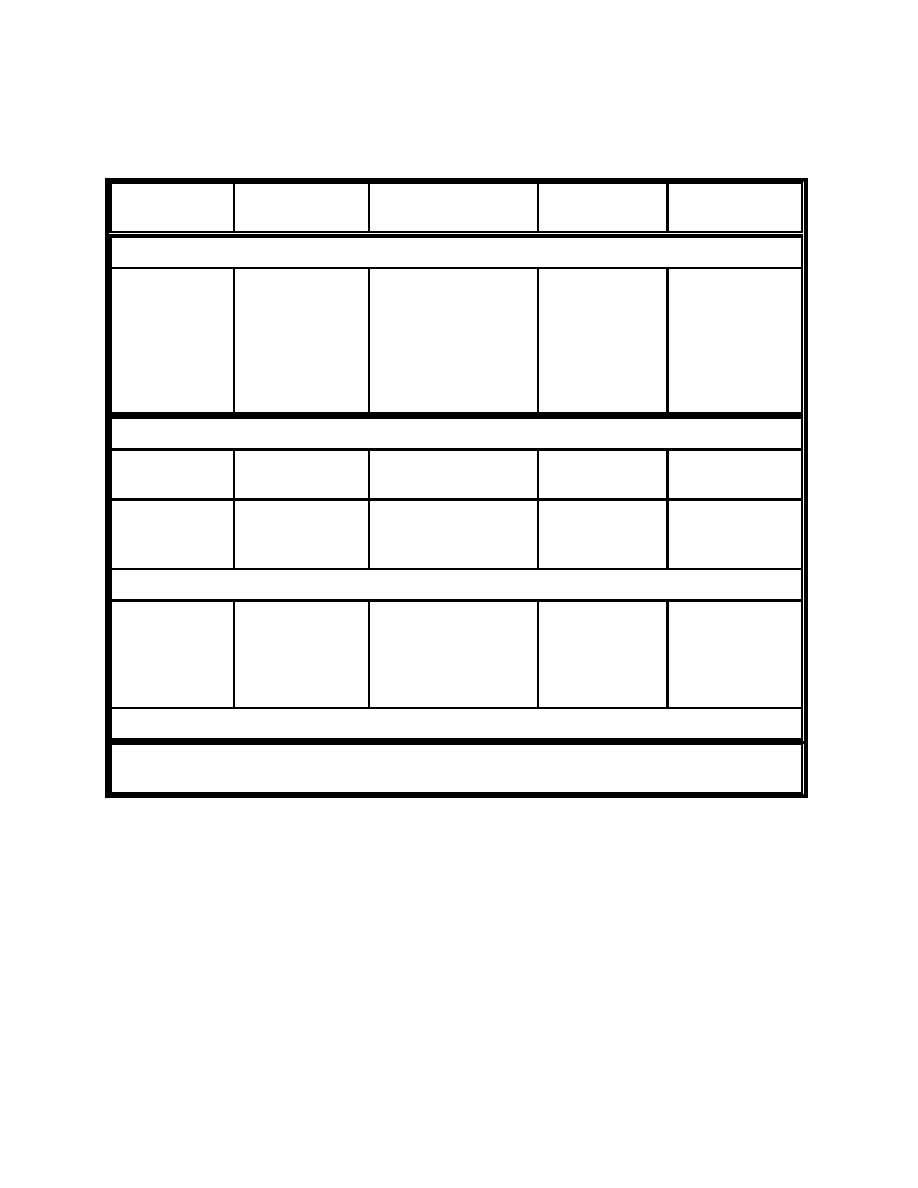 |
|||
|
|
|||
|
Page Title:
Table XIII. Early Bioassay Measurement Results Corresponding to the Therapeutic Intervention Action Levels Used at the Hanfor... |
|
||
| ||||||||||
|
|  DOE-STD-1121-98
Table XIII. Early Bioassay Measurement Results Corresponding to the Therapeutic Intervention
Action Levels Used at the Hanford Site (Carbaugh et al. 1995) (Part 2)
Measurement
Result
Action
Possible
Isotope and
Dose (HE,50)
Treatment
Uranium, Soluble
Potential
Chest count
>MDA (14-21 mg)
Consider
Na or Ca
kidney
therapy
bicarbonate;
toxicity
Second-void
>0.1 mg
intestinal
urine sample
adsorbents
12-hour urine
>0.5 mg
sample
Uranium Insoluble(a)
>MDA for 235U or
Consider
None
2 rems
Chest count
234
Th
therapy
recommended
200 rems
Same
100 x ALI
Treatment
Lung lavage
strongly
recommended
Plutonium or 241Am
2 rems
Chest count
>MDA for Pu or
241
Am
Consider
DTPA
Early urine
>4 dpm when
therapy
sample
extrapolated to first
day excretion
(a)
If soluble component is present, then urine sampling is appropriate.
Use same action levels as above for soluble uranium.
skin integrity will not be breached. Therapeutic actions to reduce internal dose once an intake has
occurred will likely require administration under the direction of competent medical authority.
Skin decontamination can generally be accomplished by simple washing with mild soap and water.
If contamination persists, an abrasive pumice soap, detergents, and commercial decontamination agents
containing complexing agents such as EDTA (ethylenediaminetetra-acetic acid) may be effective. A final
step in skin decontamination is the use of a saturated solution of potassium permanganate which is
painted onto the skin with an applicator or cotton ball, followed by removal using a sodium bisulfite
solution. The potassium permanganate/ sodium bisulfite procedure removes a thin layer of dead skin.
Repeated applications of this method are cautioned because its overuse can result in epidermal irritation
or burning, with possible loss of skin integrity and subsequent uptake. An extreme example of
decontamination is the surgical debridement (aggressive cleaning) or excision (cutting out) of
contaminated material from a wound. Details on skin decontamination methods can be found in NCRP
108
|
|
Privacy Statement - Press Release - Copyright Information. - Contact Us |